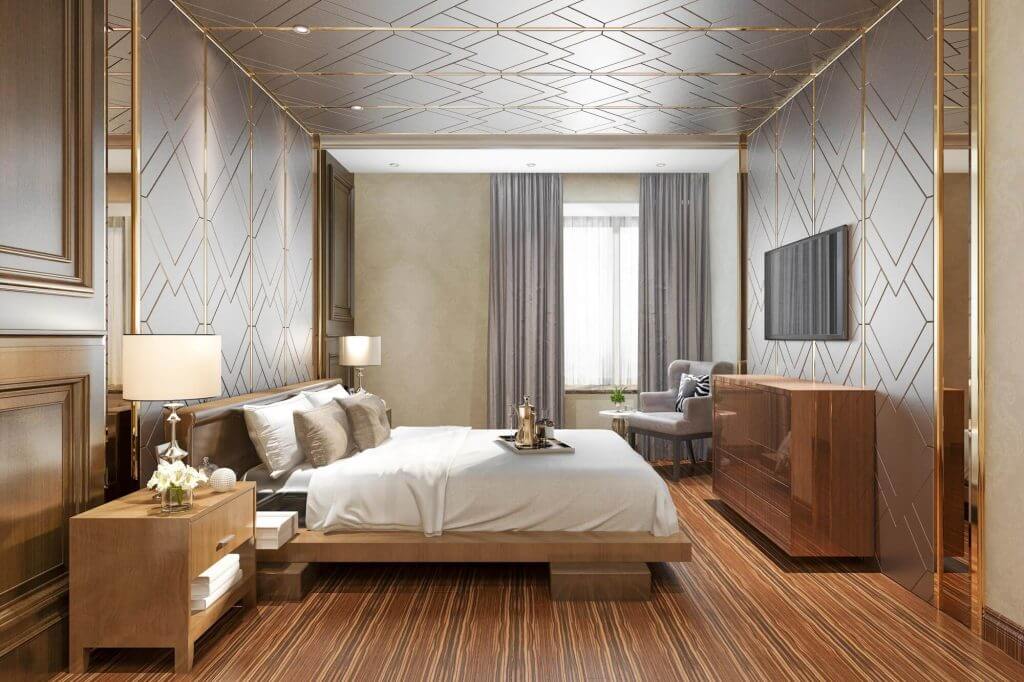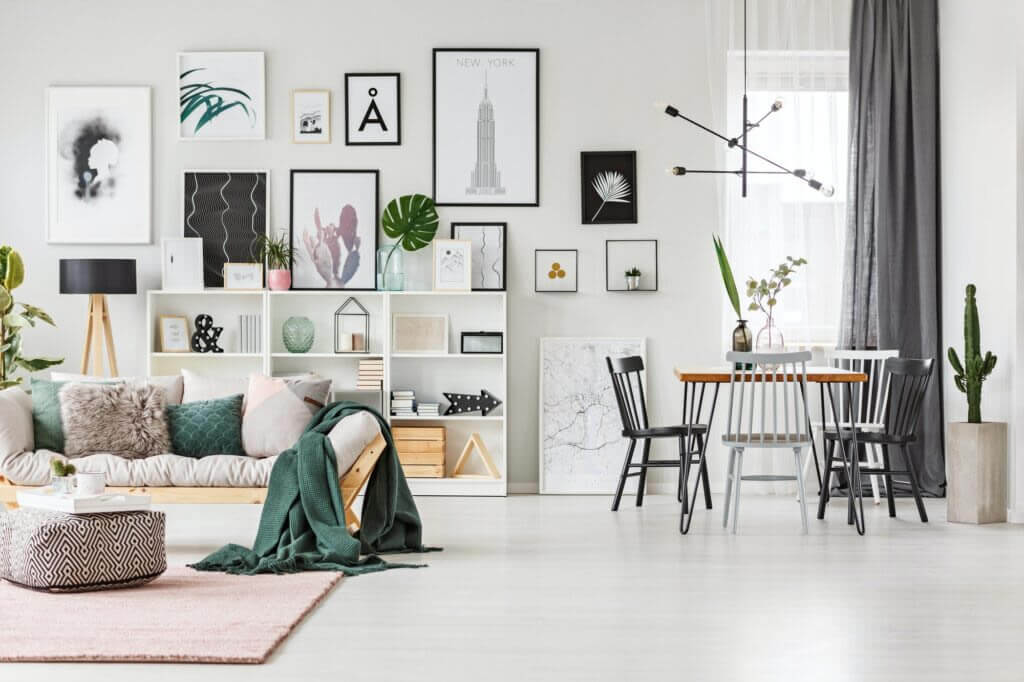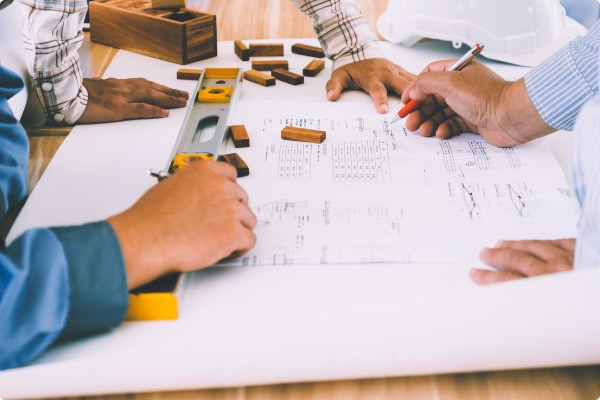Emerging trends that will shape the future of architecture design
Aug 31, 2023

In the dynamic world of architecture, trends are more than fleeting fads; they are the driving forces that shape the built environment for years to come. As technology advances, sustainability takes center stage, and societal needs evolve, the future of architectural design is poised for transformative change. From innovative materials to visionary concepts, here are the emerging trends that promise to redefine the landscape of architectural design in the years ahead.
1. Sustainable Architecture
Sustainability isn't just a buzzword—it's a fundamental shift in the way we design and build. As climate concerns escalate, architects are embracing green technologies, energy-efficient designs, and biophilic principles to create buildings that harmonize with the environment. From solar panels integrated into facades to vertical gardens that purify the air, sustainable architecture is a beacon of hope for a more resilient future.
2. Smart Cities and Buildings
The rise of the Internet of Things (IoT) is transforming architecture into a realm of interconnectedness. Smart cities and buildings are designed to optimize resource usage, enhance livability, and improve efficiency. From responsive lighting systems that adjust based on occupancy to sensors that monitor air quality, technology is ushering in an era where structures become intelligent, adapting to the needs of inhabitants.
3. Adaptive Reuse
In an effort to preserve historical heritage and reduce waste, adaptive reuse is gaining traction. Old factories become chic lofts, warehouses transform into innovative offices, and churches find new life as community spaces. This trend not only showcases creativity but also addresses sustainable urban development by breathing new life into existing structures.
4. Resilient Design
As climate-related challenges intensify, architects are focusing on creating resilient designs that can withstand natural disasters and disruptions. Flood-resistant buildings, earthquake-resistant structures, and flexible designs that accommodate changing needs are all part of the toolkit for ensuring our built environment remains durable in the face of adversity.
5. 3D Printing and Prefabrication
Revolutionizing the construction process, 3D printing and prefabrication allow for faster, cost-effective, and highly customizable building solutions. From intricate facades to entire modular structures, these technologies are pushing the boundaries of architectural innovation and streamlining construction timelines.
6. Wellness-Centric Spaces
Designing spaces that prioritize mental and physical well-being is gaining prominence. From incorporating natural light and greenery to optimizing acoustics and air quality, architects are creating environments that nurture the holistic health of occupants.
7. Circular Design
Moving away from the linear "take, make, dispose" model, circular design emphasizes sustainable materials, minimal waste, and products that can be repurposed or recycled. Architects are championing circular economies by incorporating reusable materials, designing for disassembly, and minimizing environmental impact.
8. Parametric Design
Parametric design leverages computational algorithms to create complex, intricate structures that would be impossible to design manually. This trend is pushing architectural boundaries, giving rise to fluid forms, dynamic facades, and geometric marvels that captivate the eye.
9. Augmented Reality (AR) and Virtual Reality (VR)
AR and VR are revolutionizing architectural visualization. These technologies enable clients to experience spaces before they are built, providing a deeper understanding of the design and aiding in decision-making. Architects can now immerse themselves and stakeholders in virtual environments, allowing for better communication and fine-tuning of design concepts.
10. Biomimicry
Nature serves as a boundless source of inspiration for architects. Biomimicry involves emulating natural patterns, forms, and processes in design. From energy-efficient building shells inspired by termite mounds to ventilation systems modeled after termite mounds, architects are unlocking sustainable solutions by looking to the wisdom of the natural world.
Conclusion: Shaping Tomorrow's Spaces Today
The future of architectural design is teeming with potential, fueled by a harmonious blend of technology, sustainability, and creative ingenuity. As these emerging trends take root, they are not merely shaping buildings; they are shaping the way we live, work, and interact with our environment. From cities that think to structures that breathe, the architectural landscape is on the cusp of a transformative journey—a journey that promises to create spaces that are not just functional, but also inspirational, sustainable, and deeply attuned to the needs of our ever-evolving world.




